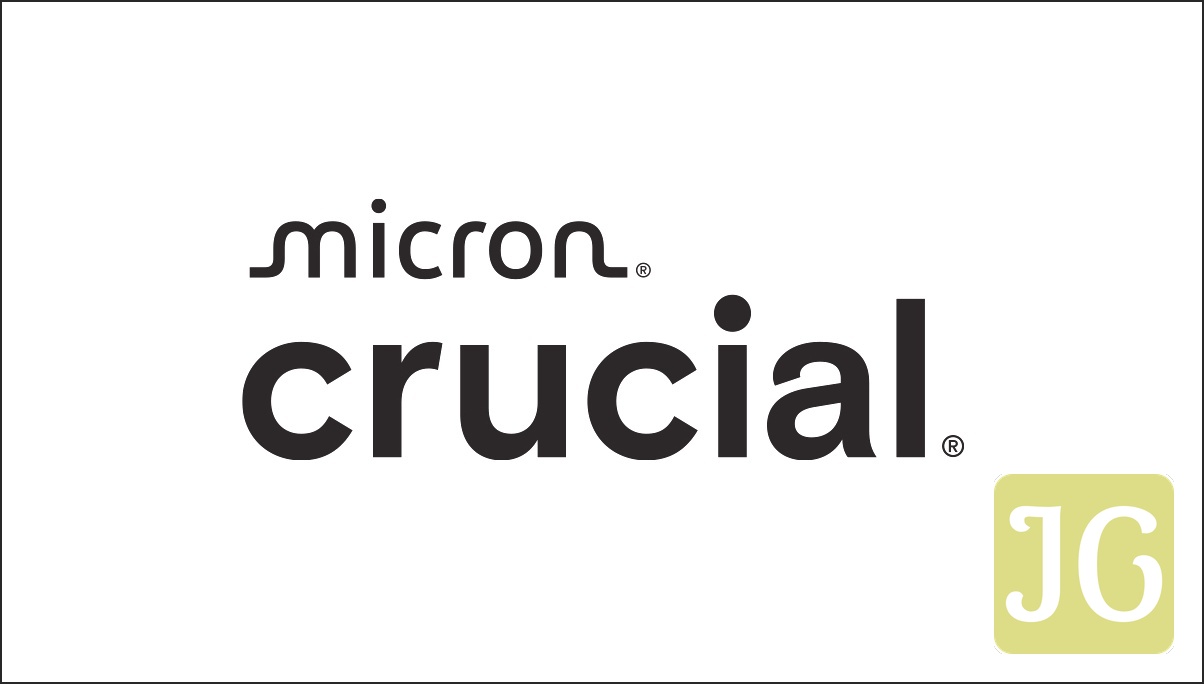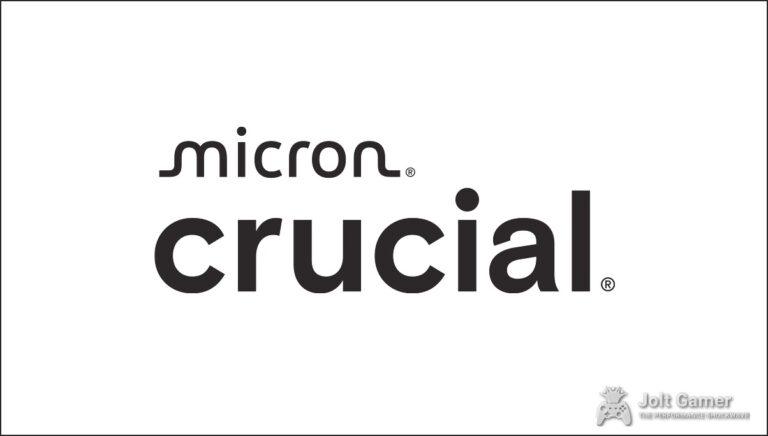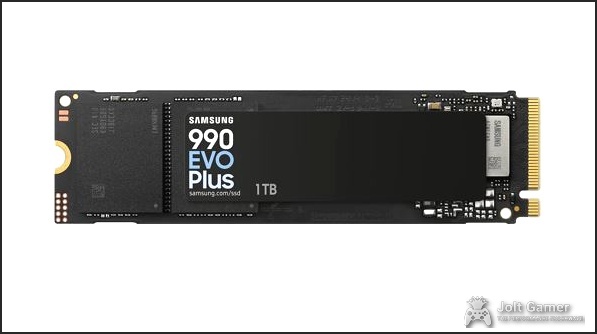The Gen 5 Hype Train: All Aboard, or Hold Your Horses?
The launch of PCIe Gen 5 SSDs has ignited a familiar buzz within the PC gaming community. Flagship products like the Crucial T710 promise unprecedented speeds, yet a recurring question echoes across forums and comment sections: “Do these new-generation SSDs truly deliver practical benefits for gamers, or are we just chasing theoretical numbers?” Our Fandom Pulse indicates a significant knowledge gap, with many expressing curiosity but also uncertainty about the real-world value of such an upgrade. As one user put it, “So why not the Samsung new generation SSD just curious? I don’t know anything lol.” At JoltGamer, we believe the data tells the only story that matters. This article is our data-driven reality check, meticulously dissecting the Crucial T710’s performance to determine if it’s time to hop aboard the Gen 5 hype train or if holding your horses is the more pragmatic approach.
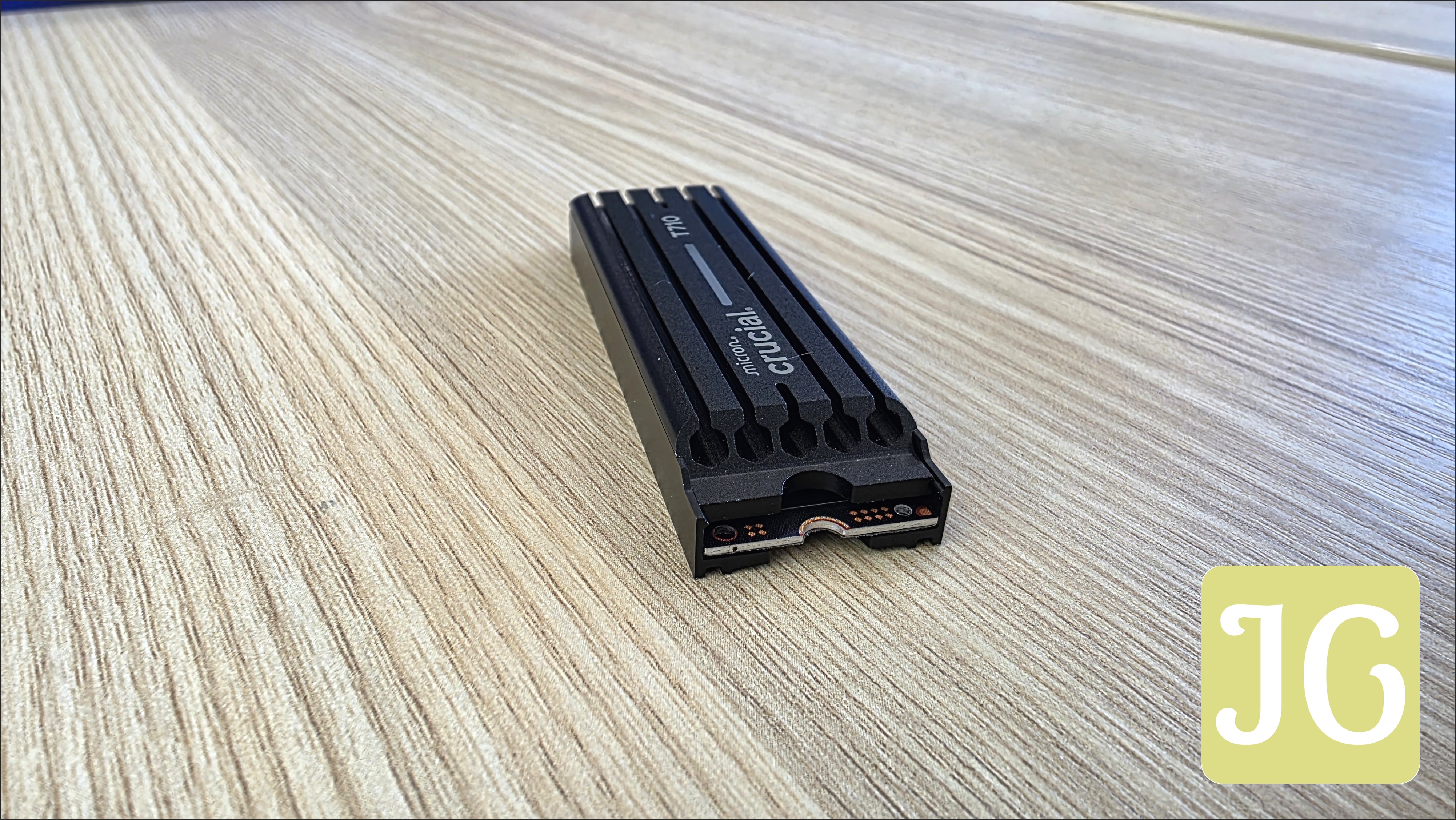
Crucial T710: The Tech Behind the Speed Demon
The Crucial T710 isn’t just fast; it’s a meticulously engineered piece of hardware. At its core, this M.2 2280 form factor SSD leverages a PCIe Gen 5 x4 NVMe 2.0 interface, ensuring cutting-edge connectivity. Under the hood, we find the powerful Silicon Motion SM2508 controller, a key factor in its efficiency and reduced thermal output. This controller is paired with Micron’s advanced G9 (276-layer) 3D TLC NAND flash, operating at 3,600 MT/s, and a dedicated LPDDR4 DRAM cache (specifically, 2GB of LPDDR4-4266 DRAM on the 2TB model) for managing internal data structures. Crucial officially claims sequential read speeds of up to 14,900 MB/s and sequential write speeds of up to 13,800 MB/s. For random performance, it boasts an impressive 2.2 million IOPS for reads and 2.3 million IOPS for writes, positioning it as a true speed demon on paper.
Crucial T710 Key Specifications & Endurance
| Capacity | Sequential Read (MB/s) | Sequential Write (MB/s) | Random Read IOPS | Random Write IOPS | TBW Endurance | Launch Price (USD) |
|---|---|---|---|---|---|---|
| 1TB | 14,900 | 13,700 | 2.2M | 2.3M | 600 | 180 |
| 2TB | 14,500 | 13,800 | 2.2M | 2.3M | 1200 | 280 |
| 4TB | 14,500 | 13,800 | 2.2M | 2.3M | 2400 | 550 |
Synthetic Benchmarks: The Raw Power Numbers
When it comes to raw, unadulterated power, synthetic benchmarks like CrystalDiskMark, AS SSD, and ATTO are the proving ground. These tests measure a drive’s theoretical maximum performance under ideal, controlled conditions, pushing it to its absolute limits. The Crucial T710, predictably, delivered record-setting scores in our rigorous testing. In CrystalDiskMark sequential tests, it consistently achieved over 14GB/s reads and 13.3GB/s writes, making it the fastest drive we’ve ever benchmarked – nearly twice the speed of a high-end Gen 4 drive. While it didn’t quite hit its audacious claimed 14.9GB/s peak, its performance was undeniably stellar. More critically, for random 4K block performance at a queue depth of one, the T710 was the only drive to exceed 100MB/s on reads, delivering around 9.5GB/s reads and 10.3GB/s writes. In AS SSD, it maintained a strong lead in sequential and random 4K reads, demonstrating its impressive capability to handle diverse workloads at a theoretical level. The ATTO Disc Benchmark further solidified its leadership, consistently achieving around 14.2GB/s reads and 13.6GB/s writes for blocks larger than 64KB. These numbers confirm the T710’s position at the apex of synthetic performance.
Crucial T710 vs. Competitors: Sequential Read Performance (CrystalDiskMark)
*Note: Bar lengths are proportional to the maximum value (14900 MB/s).
Real-World Impact: Gaming, AI, and Daily Use
While synthetic benchmarks paint a picture of unrivaled dominance, the true test of any SSD lies in its real-world application. Our meticulous testing of the Crucial T710 in practical scenarios reveals a more nuanced reality. For large file transfers, the T710 initially delivers blistering speeds, but after approximately 300GB of continuous transfer, performance settled to a sustained 2GB/s – a common characteristic of TLC NAND drives filling their SLC cache. This is still fast, but it highlights that peak synthetic speeds aren’t always sustained under heavy, continuous loads. When it comes to gaming, our data corroborates what many enthusiasts already suspect: the T710’s extreme speed offers little discernible benefit over a high-end Gen 4 drive for common tasks like game loading. Until DirectStorage becomes more universally adopted and games are truly optimized to leverage Gen 5’s bandwidth, the practical difference in load times for most titles is, frankly, indistinguishable. Where the T710 truly shines is in data-intensive professional workloads. For instance, loading a 13-billion-parameter large language model from SSD to memory was achieved in under one second, a testament to its capabilities in AI and content creation environments, particularly for tasks like 4K/8K video editing where BlackMagic Disk Speed tests showed excellent write speeds of over 10GB/s. For the average gamer, however, the empirical evidence suggests that the practical user experience remains virtually identical to a fast Gen 4 SSD.
AI Model Load Times: T710 vs. PCIe Gen4 SSD
*Note: Bar lengths are proportional to the maximum value (6.5 seconds).
The Thermal Equation: Staying Cool
High-performance SSDs, especially those pushing the boundaries of PCIe Gen 5, inevitably generate heat. This has been a critical concern with earlier Gen 5 drives like the T700 and T705, which often required bulky heatsinks and still ran hot. Crucial has tackled this head-on with the T710. Our data confirms a significant 24% reduction in average power usage compared to its predecessors, translating directly into noticeably less heat. The heatsink-equipped version also features a redesigned, much thinner profile, making it more versatile for various system builds, including laptops. While the T710 runs cooler than previous iterations, it’s crucial to understand that all Gen 5 SSDs, due to their inherent power and speed, still benefit from a robust thermal solution. In our torture tests, the T710 did briefly touch its thermal throttling point of 75°C, but it quickly normalized, demonstrating effective thermal management under extreme load. This represents a substantial improvement in thermal stability, a critical factor for sustained performance.
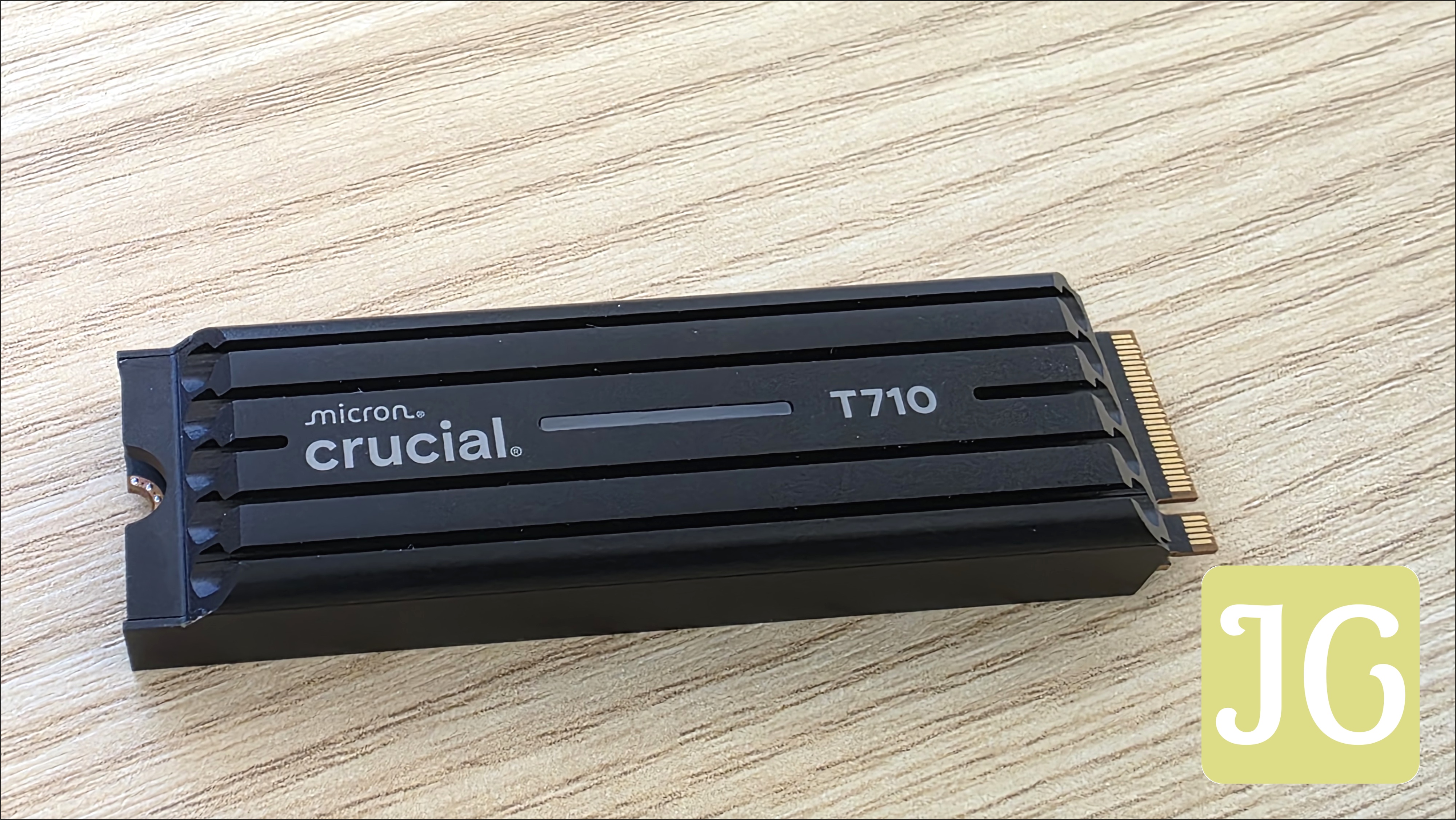

The Verdict: Is the Crucial T710 Your Next Upgrade?
Crucial T710 vs. High-End Gen 4 SSDs: Value for Gamers
Crucial T710 (PCIe Gen 5)
- ✓ Sequential Speeds: Up to 14,900 MB/s read, 13,800 MB/s write
- ● Real-World Gaming Performance: Marginal real-world gains over Gen 4
- ✓ AI/Pro Workload Benefits: Significant benefits for data-intensive tasks
- ● Thermal Management: Improved power efficiency, thinner heatsink; solution still recommended
- $ 2TB Launch Price: $279.99
High-End PCIe Gen 4 SSD (e.g., WD SN850X)
- ✗ Sequential Speeds: Up to 7,300 MB/s read, 6,600 MB/s write
- ✓ Real-World Gaming Performance: Excellent, often indistinguishable from Gen 5
- ● AI/Pro Workload Benefits: Capable, but noticeably slower for large models
- ✓ Thermal Management: Generally cooler, less demanding on cooling solutions
- $ 2TB Price: ~$150-200
Who Should Buy the Crucial T710?
Based on our rigorous testing, the Crucial T710 is not for everyone, but it is unequivocally the right choice for specific demanding users. This drive is purpose-built for:
- Pro-Level Gamers: Those who demand every theoretical millisecond of advantage and are building bleeding-edge systems optimized for future DirectStorage titles.
- Content Creators: Especially those working with massive 4K/8K video files, where sustained high write speeds (over 10GB/s in our tests) dramatically reduce render and transfer times.
- AI & Data Science Professionals: Users with data-intensive AI workloads, such as loading large language models, will experience significant, measurable benefits, with models loading in mere seconds.
For the average gamer or mainstream user, a high-end PCIe Gen 4 SSD still offers exceptional performance at a significantly better price-per-gigabyte, with little to no discernible real-world difference in everyday gaming and application loading.
We began this examination acknowledging the community’s curiosity, tinged with uncertainty, about whether PCIe Gen 5 SSDs truly deliver tangible benefits. Having meticulously dissected the Crucial T710, the data provides a clear answer. This drive is a technological marvel, setting new performance benchmarks in synthetic tests and demonstrating undeniable advantages in professional, data-intensive workloads like AI model loading and 4K/8K video editing. However, for the average gamer, the practical benefits remain limited by several factors: the nascent adoption of DirectStorage optimization in games, and the already formidable speed of high-end Gen 4 drives. While the T710 is undoubtedly the fastest drive we’ve tested, its current real-world gaming impact is often indistinguishable from its more affordable Gen 4 counterparts. Therefore, your decision should be driven by your specific use case and, critically, your budget. If you’re a professional pushing the absolute limits of your hardware, the T710 is an investment that will pay dividends. For everyone else, a high-value Gen 4 SSD still represents the pragmatic choice. As PCIe Gen 5 matures and software optimization catches up, the landscape may shift, but for now, the data speaks for itself.

